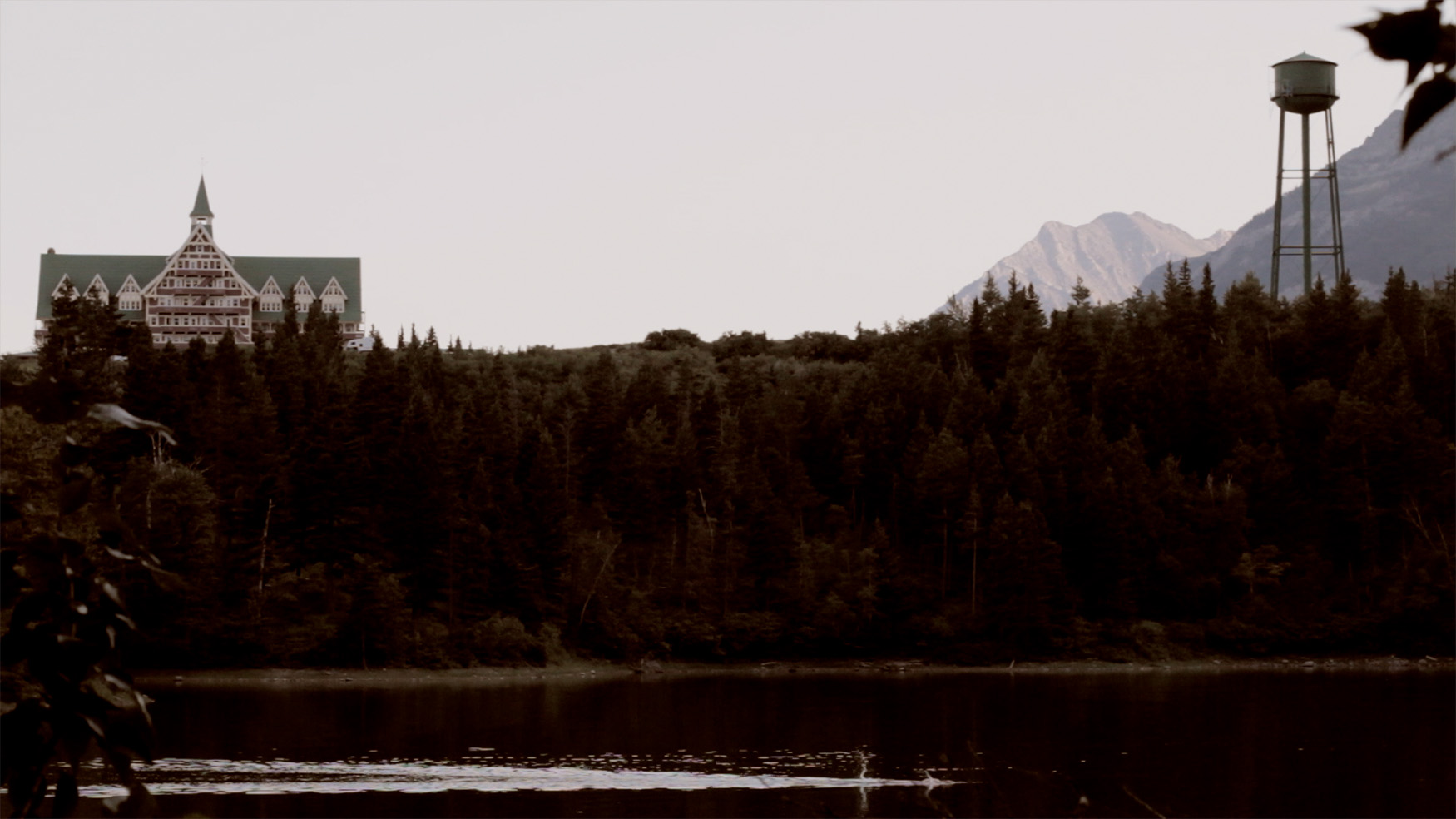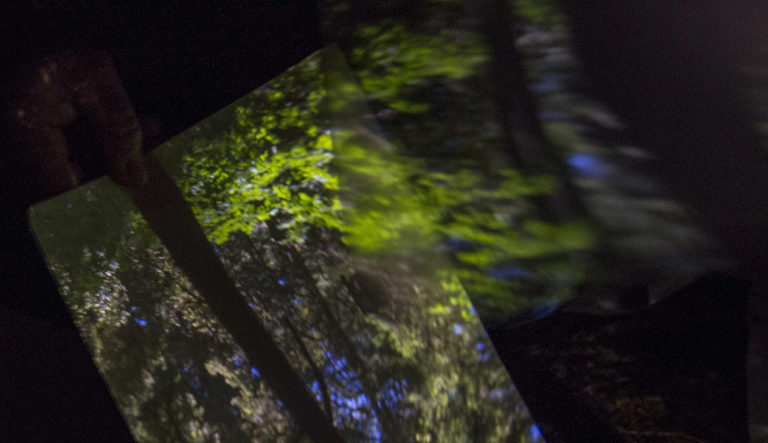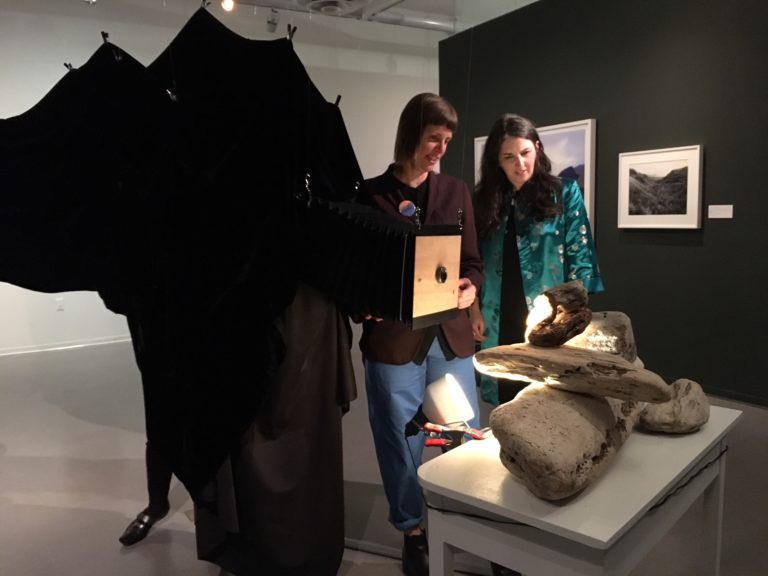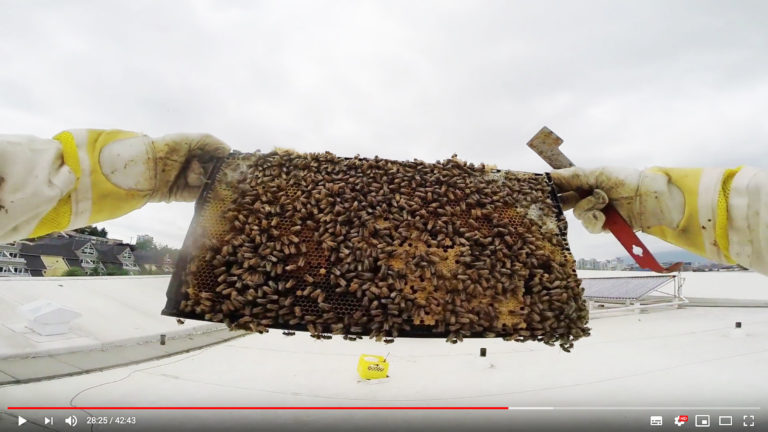Linnet Lake
Watch the video footage here

The impermanent return: Photography, protected areas and the matter of Linnet Lake.
This is a film still from Lake Linnet, in Waterton Lakes National Park.
The film still shows a line in process by Jenaya Webb, an open water swimmer, anthropologist, and librarian, who I work with in parks and protected areas. We swim in lakes as a way to explore the thick description of gestures, ethnographic fieldwork, lines, the history of abstraction in film and photography, performance, and the social life of rumours. All of these form part of my experimental toolkit to contest the monumentality of colonial archives and interrupt the effect these objects have on the way we relate to parks.
We’ve filmed swims in Waterton Lakes and Banff National Parks since 2013.
In Waterton, we’ve become entangled with an 80 year-old postcard, Swimming Pool, Linnet Lake to better understand relationships between photography and more-than human worlds. In written work I take up a basic question about how photographs are fleeting: why some places in the Canadian National Parks system – places valued for their stability and unchanging nature – either never enter into – or fall out of – photographic practices and records? How can discerning ways that photographs are truths and fictions provide ways forward for thinking about unsettling settler colonialism and decolonial futures in Canadian National Parks?
In a paper delivered at the American Anthropology Association Meetings, Uncertainty and impermanence in the photographic practices of a Canadian National Park: the matter of Lake Linnet I talk about the way that National Parks and protected areas in Canada are cast through a tension between pristine nature and human activity found in archival records, photographic practices, and in the dual mandate of Parks Canada. Displacing these binaries of nature and culture provides necessary ethical and political grounding for new social imaginaries – ones that can produce a recognition of the otherwise (Donna Haraway and others write beautifully about this).
At the same time, much attention towards theorizing photography rests on the binary of photographs as images or objects. I follow an alternative vein of photographic theory as I consider a photograph as event, one that becomes possible through multiple forces. I draw on ethnographic research of photographic practices in Waterton Lakes National Park, a federally protected area in western Canada, to ask, how do relationships in protected areas, imagined as fixed and unchanging, actually change over time. How is this change reflected in photographic history and practices in Waterton?
I suggest that practices of imagining otherwise is an ethnographic endeavor to reveal shifting visualities and fleeting photographic events at play in the park. I ask, what new links between humans and their relationships in the more than human world are made visible by investigating the archival record: A case study of an 80 year-old postcard of Lake Linnet? I follow a sensorial turn in visual anthropology to argue for an embodied understanding of the visual domain and recount an interconnected relationship between people, pathways, ideas, government, migratory birds, water, and parasites on the move.







